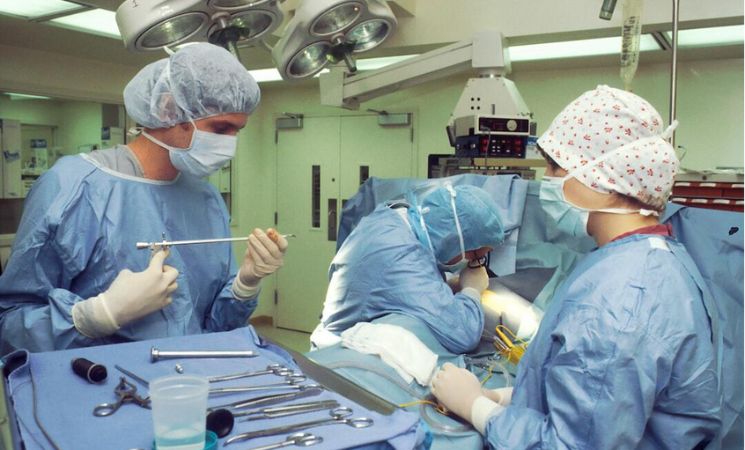Have you ever wondered what the difference is between an endoscopy and a colonoscopy? If your doctor has mentioned either, it’s natural to feel unsure.
Understanding these two procedures can help ease your concerns and prepare you for what’s ahead. While both involve using a camera to explore the digestive system, they focus on different areas and serve distinct purposes.
In this article, we’ll break down endoscopy vs colonoscopy to clarify when and why each procedure is used.
Area of Examination
Endoscopy examines the upper gastrointestinal tract. It focuses on the esophagus, stomach, and duodenum. Doctors use endoscopy to look for problems like ulcers or tumors in these areas.
Colonoscopy examines the lower gastrointestinal tract. It focuses on the colon and rectum. Doctors use colonoscopy to check for issues like polyps or cancer in these areas.
Procedure Types
Endoscopy involves a flexible tube with a camera inserted through the mouth. The tube allows doctors to see the upper GI tract in real-time. It is often used to diagnose conditions such as reflux or gastritis.
Colonoscopy also involves a flexible tube but is inserted through the anus. The camera helps doctors visualize the colon and rectum. This procedure is often used to screen for colorectal cancer or inflammation.
Purpose
Endoscopy is used to diagnose and sometimes treat upper digestive system problems. It can help doctors find causes of symptoms like heartburn or stomach pain. Sometimes, they use it to take biopsies or remove abnormal growths.
Colonoscopy is used to find and remove polyps, check for cancer, and diagnose other colon conditions. It is often recommended for routine cancer screening. If patients present with symptoms like unexplained bleeding or changes in bowel habits, diseases colonoscopy can detect include colorectal cancer, Crohn’s disease, and ulcerative colitis.
Level of Sedation
Endoscopy usually uses light to moderate sedation. Patients are relaxed but may remain awake during the procedure. In some cases, deeper sedation is needed depending on the complexity of the procedure.
Colonoscopy typically requires moderate to deep sedation. This ensures patient comfort because the procedure is longer and may cause more discomfort. Patients are usually asleep or deeply relaxed during the exam.
Duration
Endoscopy typically lasts between 15 and 30 minutes. It depends on the complexity of the procedure. If treatment is needed, it may take longer.
Colonoscopy usually lasts between 30 and 60 minutes. The duration varies if polyps or abnormal tissue are removed. The total time includes the preparation and thorough examination.
Extensive Preparation
For an endoscopy, patients need to fast for several hours before the procedure. This ensures the stomach is empty for clear visualization. Most often, the fasting is done overnight.
For a colonoscopy, the preparation is more involved. Patients follow a clear liquid diet for a day before the exam. They also take a bowel-cleaning solution to clear out the colon.
Get the Inside Scoop on Endoscopy vs Colonoscopy
Endoscopy and colonoscopy are valuable tools for diagnosing and treating digestive issues. Each procedure targets different parts of the digestive system. Both help doctors find the cause of symptoms and perform treatments when necessary.
Understanding “endoscopy vs colonoscopy” can help patients know what to expect. Being informed helps reduce anxiety and ensures proper preparation for either procedure.












